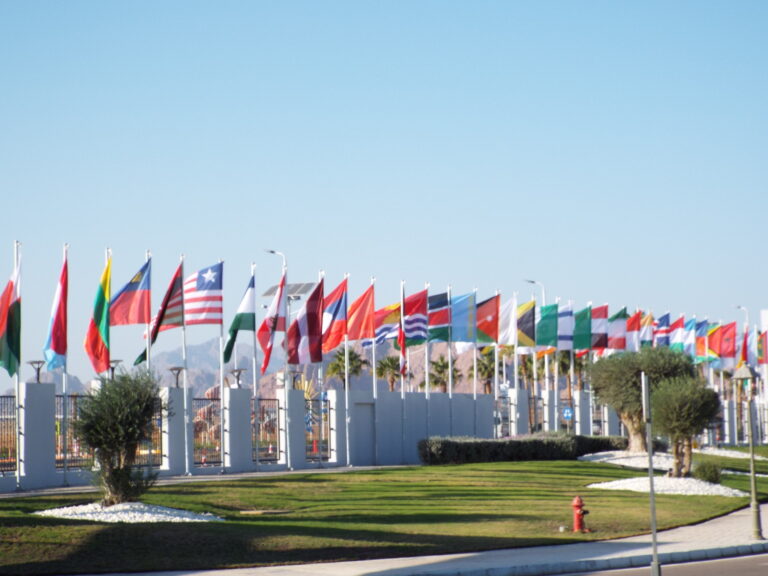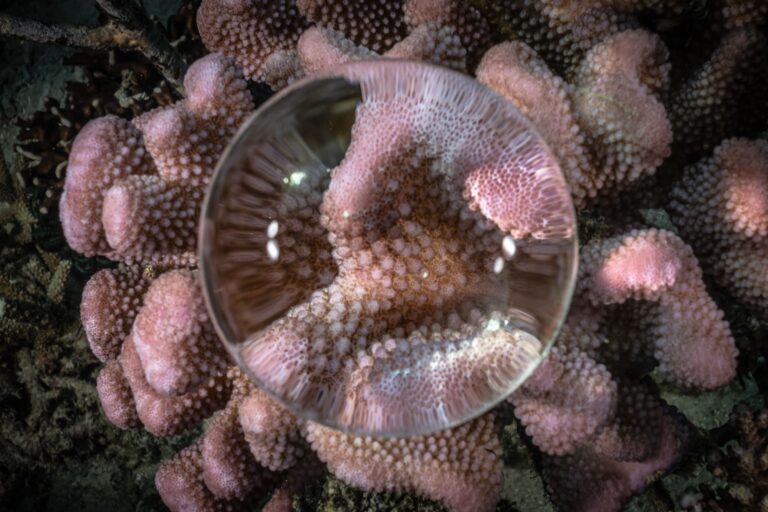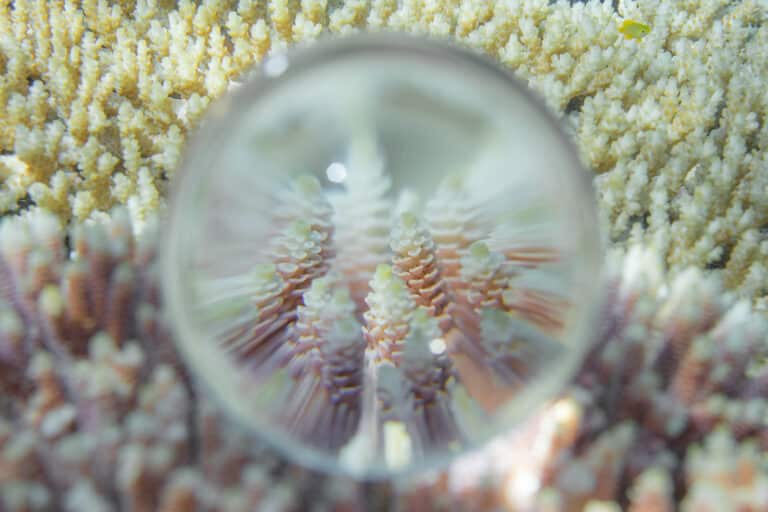An alga to the rescue of corals

It’s no longer a secret: climate change is drastically affecting our oceans, and especially their coral reefs. Following various episodes of increasing ocean temperatures, we have lost almost half of the Great Barrier Reef in Australia.
Corals are ancient organisms, which have an adaptive capacity. However, increasing extreme thermal episodes does not allow them to face these changes. Scientists are therefore trying to find effective solutions to allow these organisms to develop their adaptive qualities, by increasing their resilience.
The symbiont, a key element in the bleaching process
As a reminder, corals live in symbiosis with an alga. When a coral bleaches, the alga is seen as a threat, and the coral expels it. If the stress persists, it will lead to the death of the coral. Numerous studies have shown that coral thermal tolerance is dependent on the physiological tolerance of its symbiotic alga.
Buerger and his team therefore decided to focus their study on increasing the thermal tolerance of the symbiont. To do this, they used 10 cloned strains of a symbiotic alga of reef-building corals and exposed them to a temperature of 31°C for 4 years.
The end of the incubation period (based on the number of asexual reproductions) is followed by a period of acclimatization to a temperature considered normal. Then, they analyzed the thermal resilience of heat-evolved algae (SS1 to SS10), and wild-type algae (WT1 and WT2) using various parameters such as cell density or photosynthetic capacity.
These elements allowed the team to find that SS1 to SS10 algae have better resistance to rising temperatures. In fact, the heat-evolved algae show a 66% increase in cell density, while the wild-type algae show a decrease of 79%. Likewise, photosynthetic stress remains fairly minimal in SS algae, unlike control algae which have experienced an inhibition of their photosynthetic capacity.
From symbiont to coral
Excess reactive oxygen species from the symbiotic algae can cause bleaching in corals. Therefore, in order to test tolerance to bleaching, Buerger’s team checked the secretion rate of SS and WT algal strains. The results show reduced secretion in high-temperature algae, thus suggesting that these symbionts increase the tolerance to coral bleaching. (Fig. 1)

Figure 1: Rate of reactive oxygen species secreted in culture media after 21 days of incubation, measured by fluorescence, and normalized to the cell number.
To demonstrate this, the team decided to inoculate the algal strains into larval stage corals, before exposing them to heat stress and observing their behavior.
Tolerance to bleaching was measured based on two parameters: stability or increase in algal density and absence of photochemical stress. (Fig. 2)
3 of the SS strains showed an average increase of 26% in algal density, while the control strains showed a loss of their symbiont of 61% and 30%.

Figure 2.: Rate of cell density per coral larva (A) and photochemical stress based on the maximum quantum yield of photosystem II. (B)
What about genetics?
In order to understand these differences in thermal resistance, Buerger and his team therefore decided to look at the genetic profiles of some of the strains studied. The genetic profiles of coral larvae were distinct from each other but related to the strain they inhabited.
Tolerance to bleaching is increased thanks to various parameters such as the increase in enzymes associated with the Calvin cycle, present in particular in one of the previously validated strains.
Their study showed that the differences observed are due to somatic mutations or epigenetic changes that took place during the 4 years of incubation at 31°C.
A future for restoration?
These 4 years of studies have made it possible to highlight an increase in the thermal tolerance of an algal population, with identified cell growth and photosynthetic activity. However, the growth optima are maintained at ambient temperature. Long-term exposure of the symbionts to heat, followed by reintroduction into the coral host, would therefore be a way of increasing the thermal tolerance of the corals.
Ocean heat stress episodes remain a very distinct phenomena, thus opening the possibility of using this type of resistant strain in coral restoration, in order to increase the resilience of corals to climate change.
However, many studies are still to be carried out, in particular on the temporal stability of algae with high thermal resistance, before being able to introduce these algae into restoration protocols.
Ces articles pourraient vous intéresser

Donor spotlight : Charline Auvinet
Tell us a bit about yourself 🙂 After graduating a few years ago, I’m now a crime fiction editor. In this job, I have discovered…
17 January 2023
What about the impact of COP27 on marine biodiversity and corals?
Every year, the United Nations holds a two-week conference (COP, as Conference of the Parties) aimed specifically at taking stock of global progress made towards…
14 December 2022
Are super-corals really a super solution ?
Written by: Richard Singhroy Acknowledgements to Dr. Emma Camp While reefs are adaptable ecosystems, they are struggling to adapt to the quick changes brought…
29 November 2022
Super corals, a not-so-super term?
Written by: Richard Singhroy Acknowledgement to Dr. Emma Camp From the deep sea to the arctic frontier and tropical coastlines, corals have formed the…
22 September 2022
